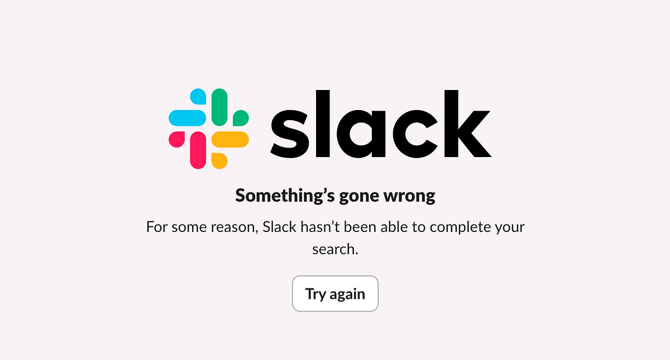UX Design
1M
418

Image Credit: UX Design
The power of empty states — how Slack drives user activation
- Empty states in product design, like Slack's, play a crucial role in creating positive user experiences.
- They prevent confusion, communicate system status, and guide users subtly on how to use the product.
- Examples of empty states include search bars before use, unopened chats, or new documents.
- Slack utilizes four types of empty states to enhance onboarding, product adoption, and user engagement.
- These types include feature defaults, first use states, end states, and error states.
- Slack's growth from a startup to being acquired by Salesforce for $27.7 billion is briefly mentioned in the article.
- Slack's use of engaging and personalized empty states like changing search bar copy enhances user interaction.
- First use empty states in Slack guide users smoothly on setting up channels and provide subtle actions for engagement.
- Slack's error states are designed with clear messages, helpful troubleshooting suggestions, and an inviting feedback option.
- Overall, Slack's strategic use of empty states shows the importance of being personable, present, and transparent in UX design.
Read Full Article
25 Likes
For uninterrupted reading, download the app